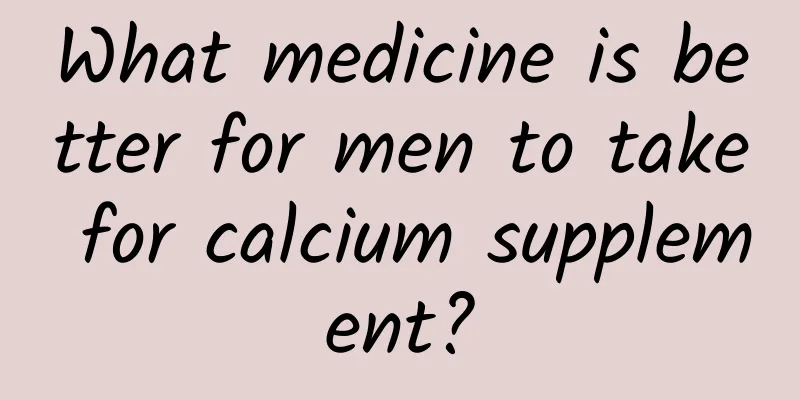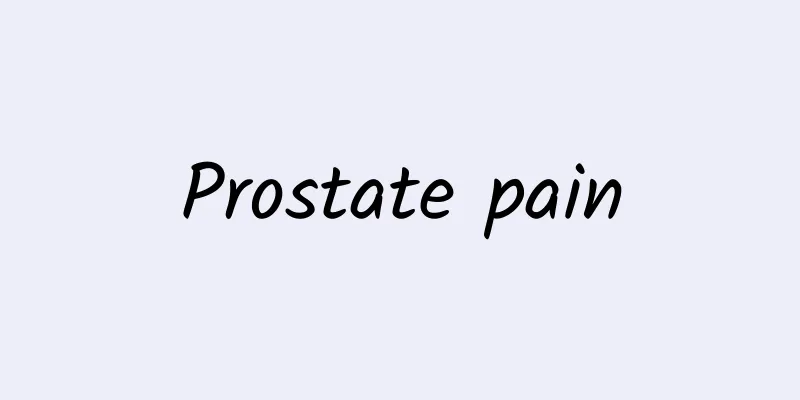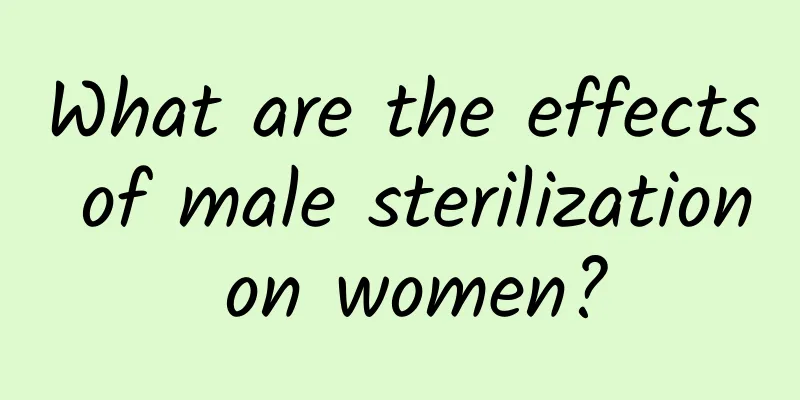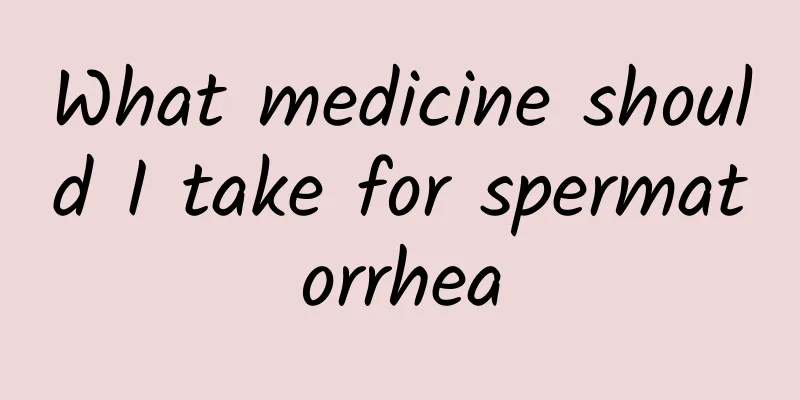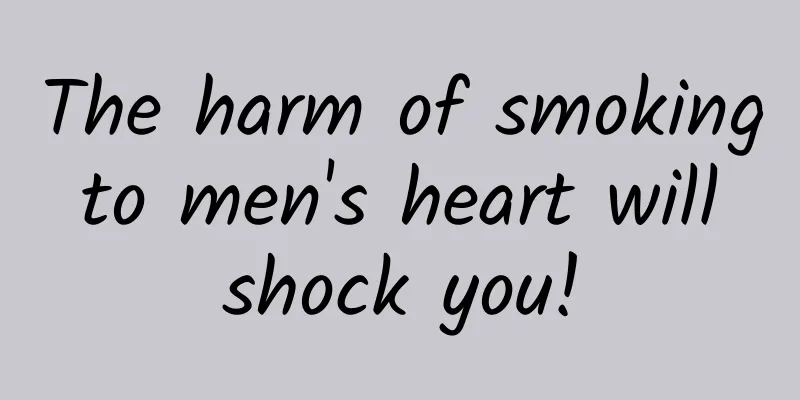Androgen Insensitivity Syndrome

|
Androgen insensitivity syndrome is mostly congenital, and there is currently no particularly good treatment. This disease is mostly caused by chromosomal abnormalities. Androgen insensitivity syndrome can only be corrected through surgery and medication, or maintaining the status quo. You must maintain a good attitude at ordinary times, and your family should give more care. In fact, you can go out more often, and your mood will naturally be different. The androgen receptor gene is located near the centromere of the long arm of the human X chromosome. It contains 8 exons, encoding 910 amino acids, with two zinc finger regions in the middle and an androgen binding region at the C-terminus. Gene mutations in certain parts can lead to androgen insensitivity syndrome or testicular feminization. The clinical manifestation is that individuals with XY karyotype develop into seemingly normal but infertile women. The testicles usually remain in the abdominal cavity and there is no spermatogenesis. Androgen insensitivity syndrome is an X-linked recessive genetic disorder with a chromosome karyotype of 46,XY. It is a type of male pseudohermaphroditism. Testosterone and urine 17-ketone are normal male values, and the gonads in the body are testes. Due to the lack of 5a-reductase in the vulvar tissue, testosterone cannot be converted into dihydrotestosterone, or due to the lack of dihydrotestosterone receptors, the androgen effect cannot be expressed, resulting in vulva feminization. 1. Complete androgen insensitivity: They have lived as females since childhood. Some patients may seek medical treatment due to labia majora or inguinal masses in infancy. Sometimes, during herniorrhaphy, the contents of the hernia are found to be testicles. Clinical manifestations are relatively consistent in adulthood: primary amenorrhea, female body shape, breast development during puberty, but poor nipple development, no or sparse pubic and axillary hair, poor development of female vulva, labia majora, blind vagina, no cervix and uterus, and no menstruation in artificial cycles. Gonads may be located in the labia majora, inguinal cleft or abdominal cavity. Patients often seek medical treatment due to primary amenorrhea, labia majora or inguinal masses. During the embryonic period, the testosterone secreted by the interstitial cells of the testes of AIS patients cannot stimulate the development of the Müllerian ducts to form male internal genitalia due to abnormal androgen receptors. Dihydrotestosterone has no effect on the urogenital sinus and external genitalia, resulting in differentiation into the lower vagina and female vulva. The supporting cells of the testes can secrete normal MIS, and the Müllerian ducts are inhibited without fallopian tubes, uterus, cervix and upper vagina. After reaching puberty, due to the complete lack of androgen inhibition, a small amount of estrogen can lead to breast development and female body shape. Studies have found that AIS patients are 10 times more sensitive to estrogen than normal men. 2. Incomplete androgen insensitivity: The clinical manifestations of this type of patients vary greatly. The main difference from the complete type is that there are varying degrees of masculinization, including enlarged clitoris and partial fusion of labia, and development of pubic and axillary hair during puberty. In 1947, Reifenstein reported an X-linked familial disease, mainly manifested as perineal scrotal hypospadias, breast agenesis and infertility, which was now found to be caused by androgen receptor defects. In 1979, Aimen et al. reported that androgen receptor abnormalities were also found in patients with normal male phenotypes but only primary infertility and azoospermia or oligospermia. In normal males, testicular interstitial cells are stimulated by pituitary LH to secrete testosterone; testosterone, in turn, has a negative feedback regulatory effect on the secretion of LH. There are abundant androgen receptors in the hypothalamus and pituitary gland. Prepubertal AIS patients usually have LH and testosterone levels that are consistent with their age, and the situation is similar in newborns and young children, but the LH and testosterone peaks that occur in normal male infants at the sixth week of birth do not occur in AIS patients. After puberty, testicular testosterone secretion increases, and due to androgen receptor defects, the negative feedback of testosterone to the hypothalamus-pituitary system is insufficient, making the LH level of AIS patients higher than that of normal men; FSH secretion is the same as or increased in normal men. Increased LH stimulates the testes to secrete more testosterone and estrogen. Estrogen mainly comes from the testes, and a small amount is converted from androstenedione and testosterone in peripheral tissues through aromatization. Due to the increased stimulation of interstitial cells by elevated LH, the production of estrogen is about twice that of normal men. Therefore, the testosterone and estrogen of AIS after puberty are at the upper limit of normal or increased. After HCG stimulation, there is a normal increase in blood testosterone and DHT. |
<<: Boys have less testosterone
>>: What medicine should I take for lack of male hormones?
Recommend
Male hormone suppression
Androgens are definitely not unfamiliar to men. T...
The ejaculated semen has blood streaks
After a normal male has an erection, if he reliev...
Is male genital itching caused by glansitis?
There are many reasons why men experience genital...
Coughing is not necessarily a cold. What are the causes of coughing?
There are many reasons why people cough. The most...
It turns out that Trichomonas urethritis is transmitted in this way!
When it comes to diseases that involve privacy, f...
A man has a dull pain in the left lower abdomen
Compared to women's abdominal pain, men's...
What should men do if they urinate frequently and cannot urinate completely?
Frequent urination and incomplete urination are c...
What causes cramps all over the body? What causes frequent cramps?
Speaking of "cramps", the most memorabl...
How to solve the problem of male sexual indifference
A good sex life can promote the improvement of th...
What should men do if they have a bad temper? Teach you how to eat these four kinds of food!
A man's bad temper and irritability have a lo...
Purple coronal groove of glans
The color of the penis coronal sulcus is red with...
What is the difference between bacterial prostatitis and non-bacterial prostatitis?
There is a big difference between bacterial prost...
Anal Exercise for Men
When it comes to levator ani exercise, many peopl...
Which hospital should I go to for male sterilization?
In the past, we always heard that sterilization i...
How to make the glans penis less sensitive
In daily life, many male friends have a relativel...
